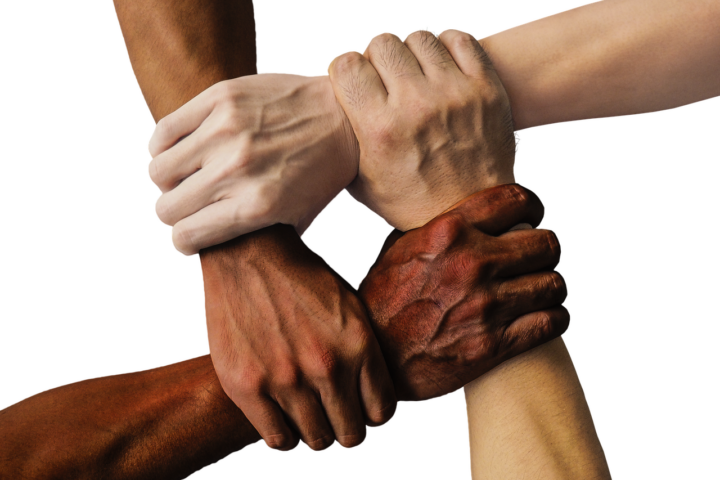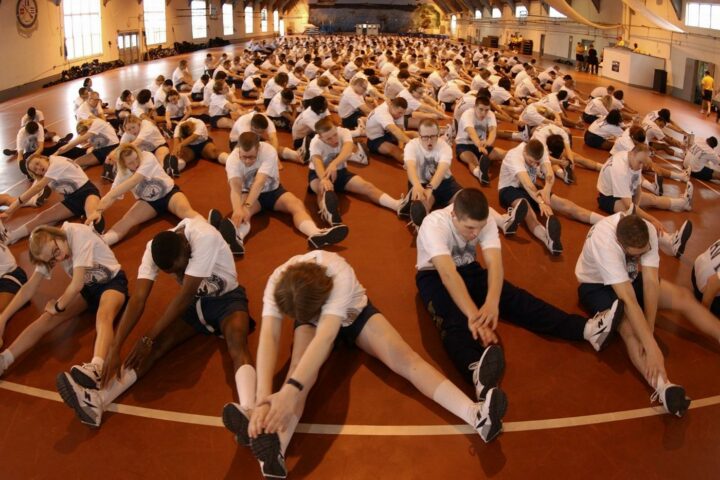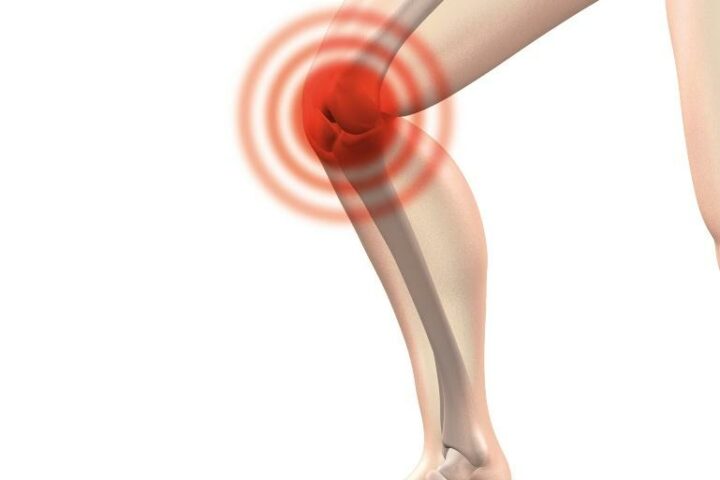This is a question that I get asked a lot in practice, and it’s not always an easy one to answer. The best answer I could give is a very common one in medicine – it depends. But since no one cares to hear that, what I say to patients is that yes, it’s okay to exercise with some pain AS LONG AS the pain stays below a 3 on a scale from 0-10.
If you exercise regularly and put in some moderate to serious work, chances are you’ll come across some tweaks, twinges, bumps, and bruises to your body along the way. Should you be alarmed every time and run to seek professional care? No. But you should also know when you may have something more serious taking place and when the risks of exercise outweigh the benefits.
If you start experiencing some pain, one of the simplest things you can do before going to see someone is stretch, do some self myofascial release (like foam rolling), and maybe look up some rehab exercises on YouTube. This will likely clear up a lot of potential issues without further intervention and keep you well below 3/10 levels. If your pain persists, starts spreading, or gets worse, it’s time to get it looked at. If you come in early, chances are the treatment will be more simple, quick, and effective. If you’ve been battling recurring pain for years, the problem is likely to be more deeply rooted and will take longer to work through.
So why do I say ‘it depends’ still? Because there are times when early identification of a problem is crucial and may save you from a more serious injury. Non-contact ACL tears in high school female athletes come to mind. They may not experience significant pain before they blow out their knee, but some simple treatment and corrective strategies can prevent this. This may not be a concern for the recreational athlete, but if your health is the difference between scholarship and community college, listen to what your body says and be proactive. Either way, you may not have a serious problem, but a thorough evaluation by a skilled practitioner is the best and safest way to make sure.




